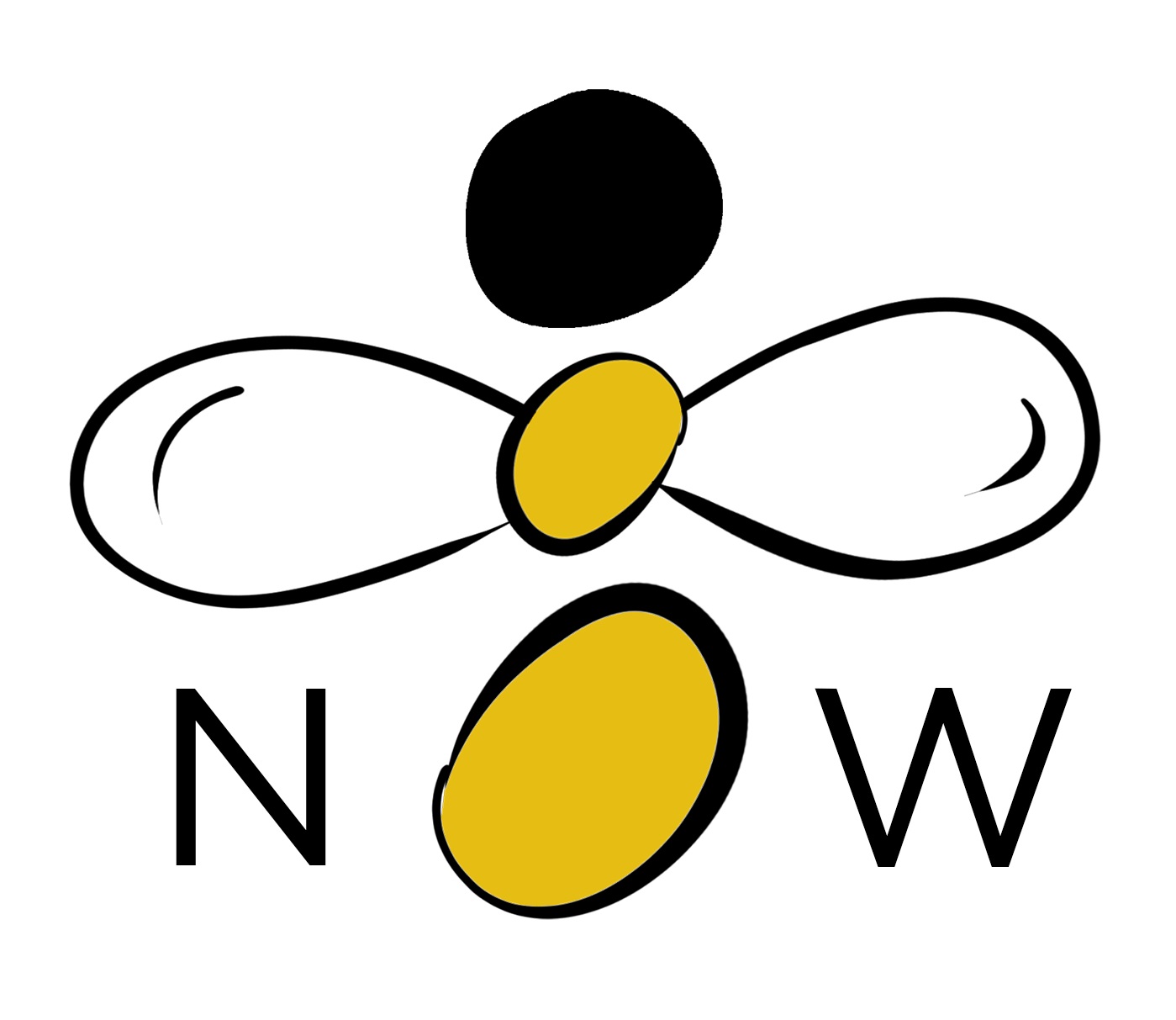In the bustling global market, every business is striving to find its unique selling point, that distinctive advantage that sets it apart from competitors. Yet, many overlook a simple but crucial aspect: accessibility and inclusive design. These two elements not only broaden market reach but also bolster business growth, company reputation, and customer satisfaction. Here’s why.
Embracing the Untapped Market
Over a billion people, or about 15% of the world’s population, live with some form of disability. This significant market segment, as per the World Health Organization, is often disregarded by companies that fail to ensure their products and services are accessible to all. By embracing inclusive design, businesses can cater to this substantial group, fostering customer loyalty and driving profits.
Access for Success
Yet, the advantages of accessibility are not confined to capturing a larger market share. According to a 2018 study by Accenture, companies that are champions of employing and supporting people with disabilities consistently outperform their peers. These inclusivity trailblazers boast 28% higher revenue, double the net income, and 30% higher economic profit margins. They thrive because they value and harness diversity. Inclusivity, it seems, is not just good karma—it’s good business.
Legal Considerations: More Than a Checkbox
Accessibility is not simply a ‘nice to have.’ In many regions, it’s a legal necessity. The Americans with Disabilities Act (ADA) and the Web Content Accessibility Guidelines (WCAG) mandate certain accessibility standards for public spaces and digital platforms. Those businesses that fall short risk damaging their reputation and facing legal repercussions—a headache no company needs.
The Power of Inclusion
Inclusive design impacts more than just the customer experience; it fosters an environment ripe for innovation and success within the business. A study published in the Harvard Business Review revealed that organizations fostering an inclusive culture are twice as likely to meet or exceed financial targets, and six times more likely to be innovative and agile. Employees in such environments feel valued, leading to greater motivation and productivity.
Digital Accessibility: A Click Away from Success
As businesses increasingly shift online, digital accessibility is becoming more important than ever. The Click-Away Pound Survey found that 71% of web users with a disability would leave a website that isn’t accessible. The online spending power of people with access needs in 2019 was £24.8 billion in the UK alone—a staggering figure that emphasizes the importance of digital accessibility.
Inclusive Design: The Business Imperative
As shown by McKinsey & Company, companies at the forefront of diversity are more likely to outperform financially. This robust argument for inclusive design extends beyond products and services to encompass internal company practices and culture.
Yes, making products and services accessible to everyone demands a strategic effort. Yet, the payoff is enormous: new markets open up, customer satisfaction rises, brand reputation enhances, and the bottom line blossoms.
Inclusive design is more than just doing what’s right—it’s about doing what’s smart for your business. By embracing accessibility and inclusive design, your company can truly unlock its full potential.

Arya Salehi embraces neurodiversity through design and the arts. His mission is to help individuals be at their best by fostering trust and connection in their work and personal relationships.
Author of Panic in the Soup and host of the Bee Now podcast, Arya is a seasoned coach and facilitator. As a UX designer, he applies human-centered design to create a seamless and comprehensive user experience. It’s all about guiding people back home to themselves. He lives in Roseville, CA.
